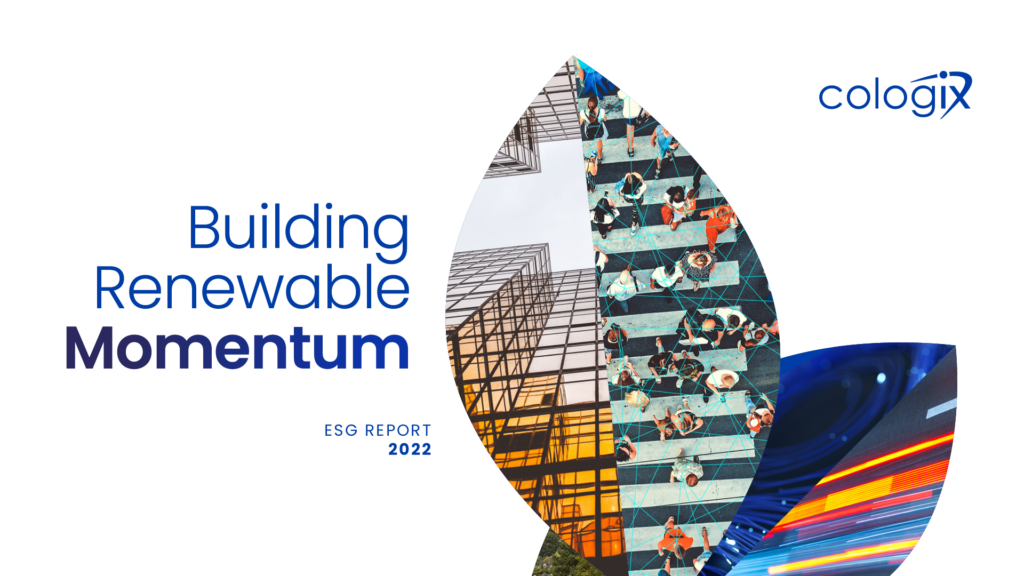Your company’s IoTarchitecture is the foundation of your data management practice. It’s the backbone of your workflowand should be a priority if you’re looking to reap benefits from the Internet of Things (IoT).
The IoT world is sweeping every area of the IT and business world. A Gartner study found that the number of IoT devices will grow to 26 billion units by 2020. So when thinking about IoT infrastructure design for your business, it’s easy to get overwhelmed and think about the idea as too complicated for investment.
But look again: There’s a huge benefit to designing every element, process and workflow of your IT structure. You have more choices now than ever before when selecting, implementing and customizing the technology and systems for your IoT design—and there isn’t a one size fits all solution.But you’ll reap the benefits after investing and prioritizing infrastructure design.
Access: The more you capitalize on good infrastructure design, the more visibility and transparency you’ll gain. You should understand your data and leverage it to your company’s advantage when designing your system. What makes the most sense for you and your workflow?Your employees should have access to business-critical information at their fingertips—and the right IoT architecture design can do that.
Security: The number of cyberattacks doubled in 2017. Many small businesses or small IT departments make-do with a “DIY” infrastructure that are effective enough to get the job done. But you can no longer continue to ignore the very real threat in cyber security. A strategic infrastructure that is reliable, secure and protected is key. It mitigates risk, save you big if something were to happen and gives you peace of mind.
Traffic: Your architectural choice will determine the volume and speed of IoT traffic. The right network should be flexible and reliable and have the right mix of networking capabilities tofully support your IoT implementations.The right IoT architecture design should intelligently handle data import, processing, storage and analysis for streams of data.
Scalability: Whether your company data is growing or not, it’s always a good idea to have room to expand. Just take Avnet CIO Phillips, who estimates that his company has been adding about 30% more capacity annually in recent years and says that rate could accelerate with IoT.
Sure, you could simply add storage to an existing plan or contract out for more space but that can come with harmful tradeoffs. Instead of keeping things private or on-premise, look at how your IoT infrastructure design could benefit from a public cloud storage option to get the best of both worlds: security and scalability.
Analytics: When you aren’t in control of your systems, you won’t receive the specific information you need. The systems you choose when designing your IoT architecture will directly result in customized analytics and reporting. Depending on what route you go down, you could utilize edge analytics where the devices or gateways handle the analysis. This can help speed up response times, filter and prioritize data and reduce network bottlenecks so you can get the information you need.
Whether you’ve already designed your IoT architecture or are just getting started, there are a few elements and stages that need consideration. Just remember: Creating a solidfoundation andcustomizedframework will streamline workflow and help your company optimize business initiatives.












